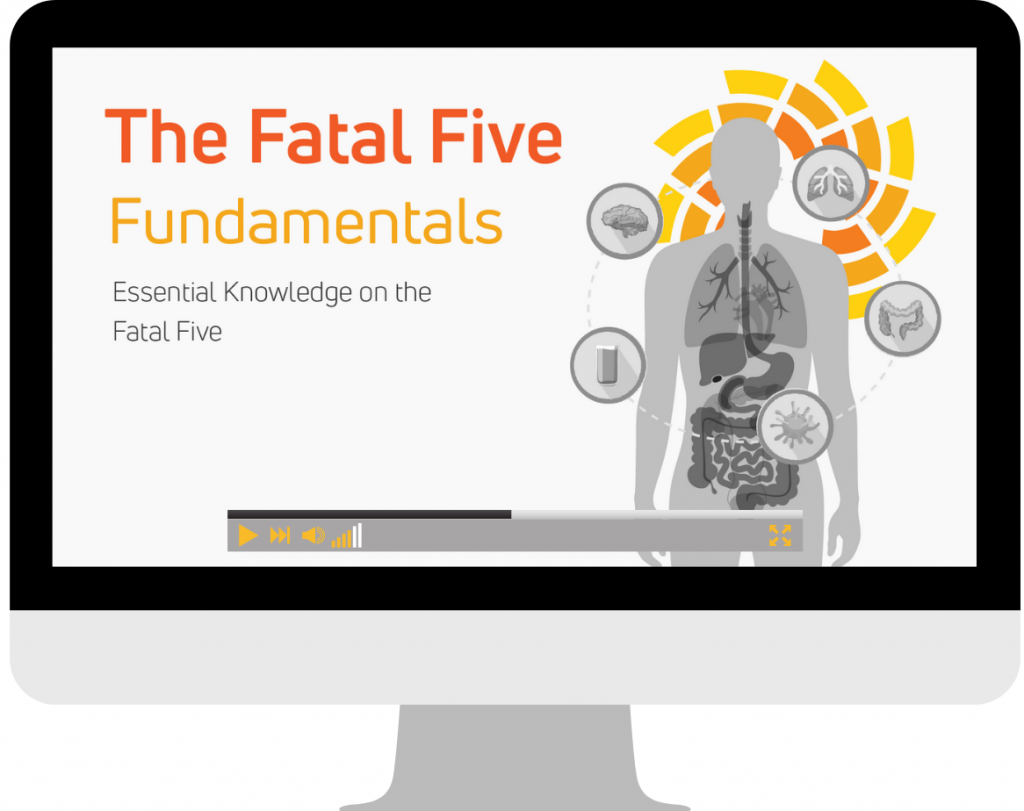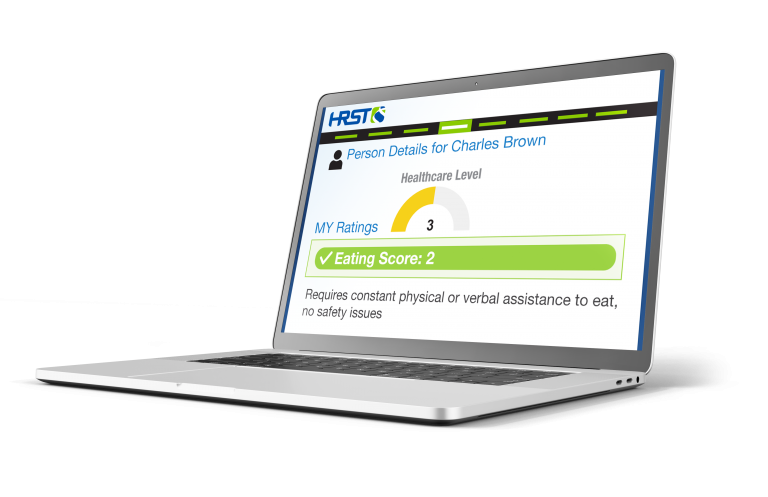Employing People with IDD as a Way to Help with the Hiring Crisis
Employing People with IDD as a Way to Help with the Hiring Crisis
In this article, we explore successful strategies for recruiting and retaining people with IDD in the workforce and increasing diversity, equity, and inclusion in the workplace.
 According to a March 2022 report[1] from the Bureau of Labor Statistics, the employment–population ratio—the percentage of the population that is employed—for people with a disability was only 19.1 percent in 2021, compared to 63.7 percent for people who do not have a disability. Sadly, the same report showed this rate has remained largely unchanged over the past 10 years. And for people with intellectual/developmental disabilities (IDD), finding and retaining employment can be even more challenging.
According to a March 2022 report[1] from the Bureau of Labor Statistics, the employment–population ratio—the percentage of the population that is employed—for people with a disability was only 19.1 percent in 2021, compared to 63.7 percent for people who do not have a disability. Sadly, the same report showed this rate has remained largely unchanged over the past 10 years. And for people with intellectual/developmental disabilities (IDD), finding and retaining employment can be even more challenging.
Best Buddies,[2] an organization that matches skilled and qualified individuals with businesses seeking enthusiastic and dedicated employees, estimates up to 81% of adults (18+) with developmental disabilities do not have a paid job in the community.
Why is this?
Even in the midst of a hiring crisis, many employers are hesitant to hire people with intellectual or developmental disabilities because of myths and stereotypes including[3]:
- Concern about negative coworker reactions to hiring a person with IDD
- Assumptions that it will cost more to hire, train, and maintain employment for people with IDD
- Beliefs that people with IDD will not be as productive or will be unable to develop the knowledge, skills, and attitudes necessary to complete job tasks
- Fear of litigation associated with hiring and firing people with IDD
- Negative stereotypes about people with IDD
- Concern about negative customer reactions
- Lack of economic incentives, such as tax credits, for hiring people with IDD
According to recent estimates, the United States has about ten million job openings, yet over 8.4 million unemployed individuals are still looking for work[4]. As business owners lament the challenges related to inadequate staffing and Americans are confronted with longer wait times for services, employing people with IDD is a way to help alleviate the labor shortage and increase the level of diversity, equity, and inclusion in the workplace.
People with IDD are valuable assets to our workforce and can:
- Improve customer satisfaction results
- Address recruitment and training costs associated with routinely filling high turnover positions
- Demonstrate lower absenteeism and sick leave than other employees
- Promote a more diverse and inclusive workplace and enhance employee morale
- Foster a culture of corporate responsibility
- Provide the organization with access to potential federal tax incentives[5] such as the Disabled Access Credit, Barrier Removal Tax Credit, and the Work Opportunity Tax Credit
What can HR managers do to attract and retain employees with IDD?
An article in the New York Law Journal[6] highlights how multinational employers are beginning to recognize the benefits of hiring people whose neurological function and structure are different and who are often described as “neurodiverse.” Companies are embracing this community of people, which includes people with IDD, by developing hiring and retention practices that support applicants and employers. Businesses could consider the following strategies which have been adapted from the article to address the needs of individuals with IDD:
- Partner with government or nonprofit organizations that support people with IDD to ensure compliance with disability employment regulations, optimize processes for screening and selection of applicants and determine what financial and mentorship supports can be leveraged to promote successful employment of people with IDD
- Tailor hiring practices to support candidates with IDD who may benefit from a more extended interview in a more casual environment and consider the need, up front, to provide additional training or internships
- Educate managers and co-workers about how best to support employees with IDD
- Create social support systems within and among other employees with IDD and develop mentorships led by employees who do not have a disability
- Support employees’ ongoing career success by communicating key performance evaluation measures and, if necessary, develop a plan for supporting the employee to meet the performance measures
- Set measurable organizational goals for increasing the number of employees with IDD and expanding the types of roles typically available to employees with IDD
- Integrate policies, procedures, and processes so that “special” approaches developed for employees with IDD become the norm
Creating and maintaining disability-friendly recruitment and retention practices helps organizations fill vacancies, manage turnover, and increase diversity, equity, and inclusion in the workplace. Employers who develop and maintain disability competent cultures and support employees with IDD to be successful in the workplace will have a strategic advantage in the marketplace.
About the Author: Lorene Reagan, RN, MS is Director of Public Relations at IntellectAbility. She has 30+ years of experience providing clinical and administrative supports for people with IDD and has held roles including state Bureau Chief for IDD services, Manager of Care Management for a Medicaid Managed Care Plan and Principal in a government human services consulting firm supporting state Medicaid programs across the nation to achieve their policy goals.
[1] US Bureau of Labor Statistics. TED: The Economics Daily. March 1, 2022. https://www.bls.gov/opub/ted/2022/19-1-percent-of-people-with-a-disability-were-employed-in-2021.htm
[2] Best Buddies Jobs Program. Nd. https://www.bestbuddies.org/jobs
[3]Why Employers Don’t Hire People with Disabilities: A Survey of the Literature. CPRF, 3 Feb. 2015. cprf.org/studies/why-employers-dont-hire-people-with-disabilities-a-survey-of-the-literature/
[4] Long, Heather, et al. Why America Has 8.4 million Unemployed When There Are 10 Million Job Openings. The Washington Post, WP Company, 8 Sept. 2021.
[5] Internal Revenue Service. Tax Benefits for Businesses Who Have Employees with Disabilities. https://www.irs.gov/businesses/small-businesses-self-employed/tax-benefits-for-businesses-who-have-employees-with-disabilities
[6] Collins, Erika, Hartzler, Ryan. Attracting and Retaining Neurodiverse Talent: A Global Perspective. October 29, 2021. https://www.law.com/newyorklawjournal/2021/10/29/attracting-and-retaining-neurodiverse-talent-a-global-perspective/?slreturn=20220203120753





